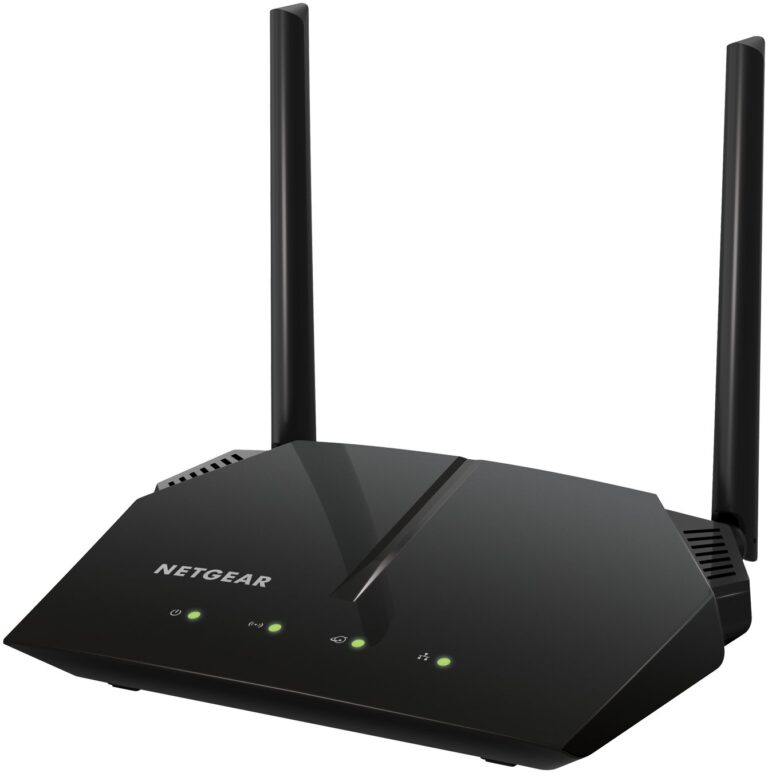One doesn’t need a specific justification to believe that mobile apps are essential in today’s digital age for lowering stress from daily tasks and requirements. You have practically everything you could need, whether it be vegetables, floor cleaners, medications, or shampoo. Your preferred delivery apps can be easily accessed through a real-time tracking system. So, certainly, mobile apps have become an essential part of contemporary life. What if you also want to create an app for your company? The journey is not simple. Suppose your company is tiny, medium-sized, or large. For a high-end mobile app development process, it is irrelevant. Right now, choosing a technology for your app is the only thing you should be concentrating on.
When choosing a mobile app solution that works best for you and your consumers, there are many specifics to consider. To make everything appear to your app developers, you will get the chance to thoroughly and negatively express your proposal. What is the creation of mobile apps? This is an important, straightforward question. A mobile app development process produces a service or product that keeps your vision alive and quickly connects you to your end consumers while resolving your business concerns. All you need to do is choose a cutting-edge, top mobile app development services that can create a dependable, alluring, and sturdy mobile app to handle the concerns you believe are vital to you.
Top Mobile App Development Trends
5 G
The fifth generation of mobile communication, or 5G, is shortly to arrive. It will transform the creation of mobile apps in ways we never imagined. The Fourth Industrial Revolution is believed to be ushered in by 5G, but what does this mean for mobile apps? It all comes down to 5G’s connectivity and speed. 5G has a lower latency than its predecessor—less than one millisecond. Compared to the 300 milliseconds of human reaction time, 5G appears to be almost instantaneous.
Additionally, the Internet of Things (IoT), augmented reality (AR) and virtual reality (VR), connected driverless vehicles, wireless health, and other areas will all be able to develop apps thanks to 5G’s combination of extremely low latency, high bandwidth, and connection density. Future apps will use these capabilities to accomplish tasks that we had no idea were even feasible.
Mobile Learning
Easy access to education is becoming increasingly important in a society that is changing at an accelerated rate. The development of mobile educational apps is even more important than before in light of the COVID-19 pandemic. Mobile learning is one of the most promising areas in mobile app development that haven’t slowed down. Statista projects that the global eLearning industry will increase by more than $370 billion by 2026.
The main goal of mobile learning is to make it possible for users to acquire the necessary knowledge and skills while utilizing mobile devices like computers, tablets, and smartphones. It’s a practical approach to constantly access educational materials and study while on the road.
Blockchain
Since the cryptocurrency explosion, blockchain has advanced significantly. The technology is currently useful across various fields, from supply chain and logistic monitoring to protecting medical data. It also has a crucial function in mobile apps, making it a very powerful trend in mobile development. By eliminating the need for centralised middlemen to manage data, blockchain-based decentralised applications (dapps) provide users more control over their data.
This benefit is especially significant when creating applications for the security, governance, identification, social, and financial categories. By the end of March 2021, Link opened in a new tab more than 70 million people were using blockchain wallets, for instance.
New standards of trustworthy behavior are being influenced by the explosive expansion of cryptocurrency aficionados using blockchain-based wallets that allow users to securely store their currencies (like bitcoin). Resources for learning about cryptocurrencies and apps for managing them are available at the Link. And as a result, blockchain will become a more widely used technology.
Metaverse
Is the metaverse on the verge of taking over? Many mobile app developers should consider this question as they plan and develop mobile applications in 2022 and beyond. Facebook said that it would become Meta on October 28, 2021. As one of the biggest organizations in the world announces its intention to concentrate on the metaverse, mobile app makers will also need to change their goals.
Users can interact with other users and a computer-generated environment in the Metaverse, a virtual reality setting. It’s a fictitious version of the internet where you can live in countless 3-D settings. It is reasonable to assume that more and more mobile games will move to the metaverse gaming trend, which is already on the rise.
Super Apps
Numerous of the most well-known Android apps are made to function as a single, fantastic ecosystem. Together, they work to produce a more seamless experience than ever before. The WeChat messaging app, which acts more like a platform where users can access a wide range of online activities and chat with their friends, is where the idea of Super Apps initially gained traction. Other WeChat activities include voice and text messaging, group messaging, payments, and gaming.
Also Check: Cost To Make an App
Western social networking apps are now beginning to catch up with the creation of super apps. With the addition of services like the Marketplace and purchasing, platforms like Facebook and Instagram are evolving into places where users can accomplish an increasing amount of online work without navigating to different apps. The “one app, one purpose” strategy is evolving. Super apps will be among the top mobile application trends to watch in 2022 since everyone wants to be as convenient as possible.
Apps for Fordable devices
One of my first mobile phones was a flip phone, which seems like a lifetime ago. Over the past ten years, mobile phones have unquestionably transformed. Touch screens have dominated the market with one or no buttons. But in the last few years, foldable technology has started to resurface. Foldable gadgets, including the Samsung Galaxy Fold, the Huawei Mate X, and the redesigned Motorola Razr, were released in 2019. Depending on the user’s wishes, these cell phones can fold to reduce or increase the screen size. By foldable the device, a user may, for instance, make a call while watching a video on a smaller screen. From the standpoint of app development, resellers and content producers must consider these devices when creating or updating an app.
Conclusion
How would you ensure that your software meets user criteria and receives the most downloads among the 2.22 million apps on the Apple App Store and the 3.48 million apps now available on Google Play Store? The solution is to keep up with the aforementioned mobile app development trends and fully use them. You can also select our end-to-end top mobile app development services to keep your apps up and running in line with current trends and technological improvements.





